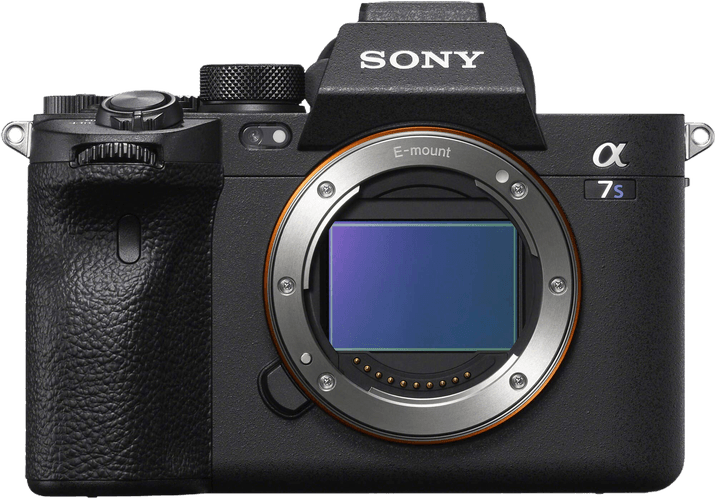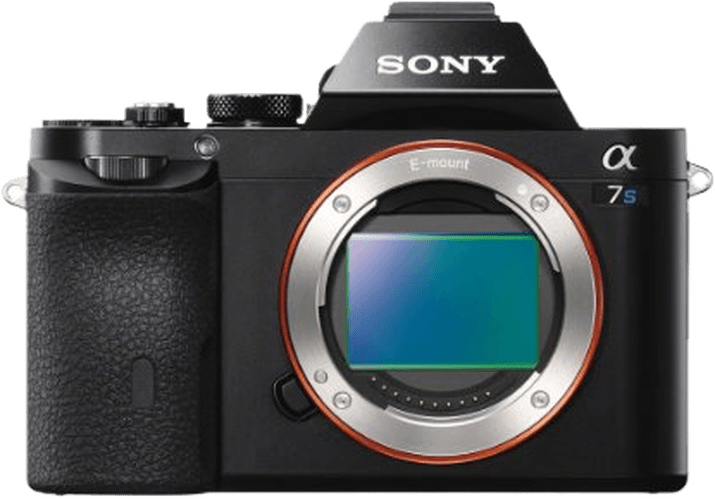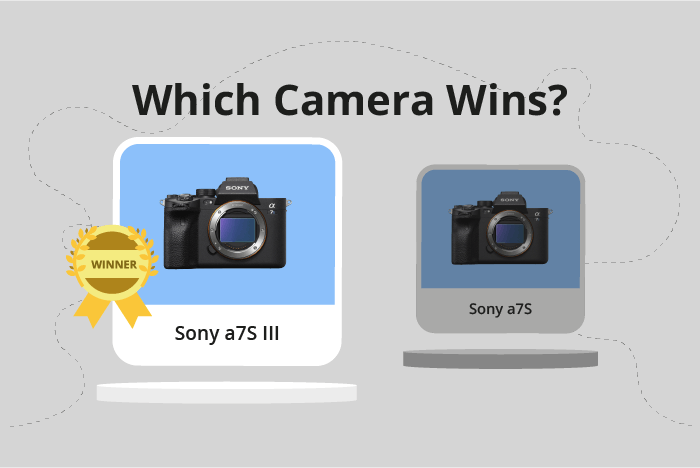Sony a7S III vs a7S Comparison
Sony a7S III

Sony a7S

The Sony a7S III outperforms the Sony a7S with a score of 74/100 compared to 55/100. Both cameras are mirrorless and share some similar specs, such as camera type and manufacturer. However, the a7S III has several advantages, including a more recent release in 2020 and a higher overall score. This makes it a better camera than the a7S, which was released in 2014.
The a7S III is also larger, measuring 129 x 97 x 81mm and weighing 699g, which may contribute to its improved performance. On the other hand, the Sony a7S is smaller and lighter at 127 x 94 x 48mm and 489g, making it more portable and easier to carry around. Additionally, the a7S is more affordable with a launch price of $2499 compared to the a7S III’s $3499 price tag.
Taking all factors into account, the Sony a7S III is the superior camera due to its higher score and more recent release, while the Sony a7S offers a more budget-friendly option with a smaller size and lighter weight.
Sony a7S III vs a7S Overview and Optics
The Sony a7S III triumphs over the Sony a7S with a 9-point lead in our optics score, achieving 69/100 compared to the a7S’s 60/100. Both cameras share several common specifications, including a 12-megapixel CMOS sensor, full-frame sensor size, and Sony FE lens mount compatibility.
The a7S III outperforms its predecessor in several areas. Its upgraded Bionz XR processor enhances image processing capabilities, resulting in improved image quality and faster performance. The a7S III also boasts a shooting speed of 10 frames per second, doubling the a7S’s 5 frames per second. This faster shooting speed allows for capturing fast-moving subjects and better action photography. Additionally, the a7S III features built-in image stabilization, which the a7S lacks, providing steadier shots and improved low-light performance.
Despite its lower overall score, the Sony a7S has a marginally higher DXOMARK sensor score of 87, compared to the a7S III’s 86. This slight advantage implies that the a7S’s sensor performs slightly better in certain aspects, such as dynamic range, color depth, and low-light performance. However, the difference is minimal and may not significantly impact real-world usage.
Considering the advancements in the Sony a7S III, it is the superior camera in terms of optics. The improved processor, faster shooting speed, and addition of image stabilization make it a better choice for photographers seeking enhanced performance and image quality. While the a7S holds a minor advantage in its DXOMARK sensor score, the a7S III’s overall improvements outweigh this small benefit, making it the clear winner in this comparison.
Sony a7S III vs a7S Video Performance
The Sony a7S III outperforms the Sony a7S in video capabilities with a score of 77/100 compared to the a7S’s 56/100. Both cameras share some video specifications, such as the absence of built-in time-lapse functionality. However, the a7S III surpasses its predecessor in several key aspects, making it the superior choice for video recording.
The a7S III boasts a maximum video resolution of 4K (3840 x 2160) while the a7S only offers Full HD (1920 x 1080) resolution. This significant difference in resolution results in the a7S III producing sharper, more detailed videos than the a7S. Additionally, the a7S III is capable of a higher maximum video frame rate at 120fps, compared to the a7S’s 60fps. This allows the a7S III to capture smoother, more professional-looking footage, especially in fast-paced scenes or slow-motion shots.
The Sony a7S does not have any notable advantages over the a7S III in terms of video capabilities. Its lower resolution and frame rate make it less suitable for serious videographers or those seeking the highest possible video quality.
Given the clear differences in video specifications, the Sony a7S III is the superior camera for video recording. Its 4K resolution and 120fps frame rate provide users with high-quality, versatile footage, while the older a7S falls short in these areas. The lack of built-in time-lapse functionality in both models may be a drawback for some users, but the a7S III’s other advantages make it the better choice for those prioritizing video capabilities.
Sony a7S III vs a7S Features and Benefits
The Sony a7S III emerges as the clear winner in features, scoring 83/100, while the Sony a7S scores 54/100. Both cameras share some common specifications, such as a 3-inch screen size, the absence of GPS, and the inclusion of WIFI connectivity. However, the Sony a7S III outperforms the Sony a7S in several aspects.
The a7S III boasts a higher screen resolution of 1,440,000 dots, compared to the a7S’s 921,000 dots. This difference results in a sharper and clearer display, allowing for better image review and menu navigation. Additionally, the a7S III has a touchscreen, while the a7S does not. This feature enhances user experience by enabling quicker adjustments and easier navigation. Furthermore, the a7S III includes Bluetooth connectivity, facilitating seamless pairing with smartphones and other devices.
On the other hand, the Sony a7S does have a flip screen, much like the a7S III. This shared feature allows for versatile shooting angles and improved composition. However, the a7S lacks any other notable advantages over the a7S III, making it a less competitive option.
Considering these points, the Sony a7S III is the superior camera in terms of features. Its higher screen resolution, touchscreen capability, and Bluetooth connectivity contribute to its higher score and overall better performance. While the Sony a7S shares some specifications with the a7S III, it falls short in offering additional advantages, making the a7S III the better choice for those seeking advanced features.
Sony a7S III vs a7S Storage and Battery
The Sony a7S III outperforms the Sony a7S in storage and battery, with a score of 76/100 compared to 21/100. Both cameras share compatibility with SD, SDHC, and SDXC memory cards. However, the a7S III offers two memory card slots and supports faster UHS-II cards and CFexpress Type A cards, while the a7S has a single slot and accepts Memory Stick Duo, Pro Duo, and Pro-HG Duo cards.
The a7S III also boasts a superior battery life of 600 shots, using the NP-FZ100 battery type. In contrast, the a7S achieves 380 shots with the NP-FW50 battery. Additionally, the a7S III provides USB charging, which the a7S lacks.
Though the a7S has fewer advantages in this comparison, its single memory card slot and compatibility with Memory Stick Duo cards may be sufficient for some users. Nevertheless, the a7S III clearly excels in storage and battery capabilities, offering greater flexibility and longer shooting times for photographers and videographers.
Alternatives to the Sony a7S III and a7S
Are you still undecided about which camera is right for you? Have a look at these popular comparisons that feature the Sony a7S III or the Sony a7S:

